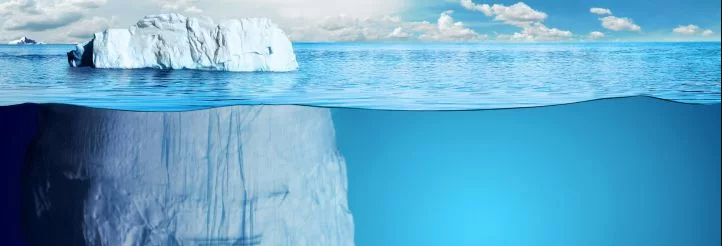Integrated Freeze Desalination and Ice Energy Storage Technology
USU researchers are developing a system that integrates a unique method of freeze desalination. This method can improve the salt removal levels of traditional freeze desalination systems, and it can also be integrated into an ice energy storage system to create a two-in-one water purification and energy storage solution
Problem
In response to the worldwide need for clean water, various methods of water desalination have been developed. The most cost-effective of these methods is freeze desalination. However, traditional freeze desalination techniques require extensive ice-cleaning measures, resulting in high energy expenditures and low salt removal levels.
The world is also facing a need for more efficient methods of storing energy. Because electricity grids are designed to meet an entire year’s momentary maximum peak rather than the average day’s demand, the United States currently devotes twice as much infrastructure to delivering electricity as would be needed if electricity were used at a level rate throughout the year. In response, an ice energy storage system has been developed whereby electricity can be stored in the form of ice during “off-peak”, or nighttime, hours. During the day, the ice can be used as a cooling source to supplement air conditioning. Freeze desalination would be an optimal candidate for integration with such a system. However, the high energy expenditures and low salt removal levels associated with traditional freeze desalination methods have blocked such advances.
Solution
The proposed freeze desalination system leverages a supercooling process to reduce design constraints and enable better salt removal. The system can be integrated with an ice energy storage system, storing cheap electricity in the form of ice during “off-peak” hours and using the ice to help meet cooling demands during the day.
Benefits
The proposed method of freeze desalination offers the cost savings of traditional freeze desalination techniques while reducing the burden of salt removal that has hindered the adoption of traditional freeze desalination techniques. Using this method, resources can be maximized through an integrated freeze desalination and ice energy storage system. This proposed method provides more flexibility in the size and shape of tanks to be used for freeze desalination, which facilitates integration with existing air conditioning systems.
Applications
This technology has applications in efficient cooling, water desalination, and energy storage.

Contact
Questions about this technology including licensing availability can be directed to:
Alan Edwards, MA, JD
Manager, Technology Transfer Services
(435) 797-2328 alan.edwards@usu.edu
USU ID C20021
Development Stage
TRL 2
Patent Status
Patent Applied For

